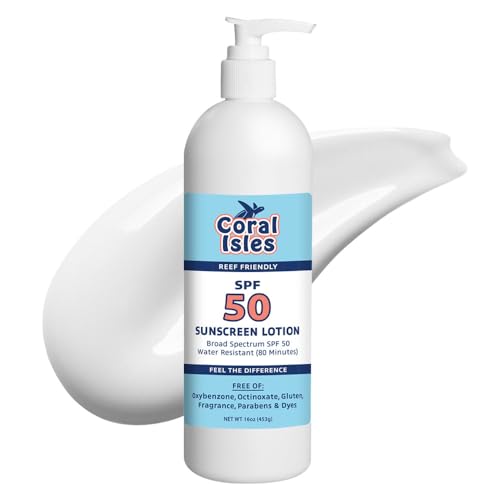There isn't really a specific number of fish you can or can't have in a certain size tank, as there are tons of varibles that play into what the overall bioload is, and how it is dealt with in the tank. Certain fish are going to have more of an impact on bioload than others because of their size and diet...ie predators like lionfish tend to have more of an impact than herbivores or scavengers, because more food has to be introduced initially into the system to sustain them. Many herbivores can get a portion of their nutrition from algaes in the tank which grow in response to unused nutrients already in the system, and scavengers can live off the scraps of the initial food introduction, so neither requires quite as much food introduced up front.
Cleanup crews don't really tend to count towards your bioload unless their numbers are so large or disproportionate that additional food is needed to be added to the tank to sustain them. However, be aware that even under ideal situations, the total amount of bioreduction you will see from a cleanup crew (ie nutrients burned as energy and not put back into the system as waste) is probably only about 15% of the total nutrient load in the tank.
In addtion, how you are dealing with the excess nutrients impacts how much bioload you can put in a given tank. If you are agressively skimming, running carbon, and doing frequent water changes, you can get away with a larger bioload before it becomes problematic.
The whole thing is actually quite complex, and requires a bit of dialing in on the part of the aquarist. Go slow, add bioload slow, watch the tank, and compensate when necessary....


































































